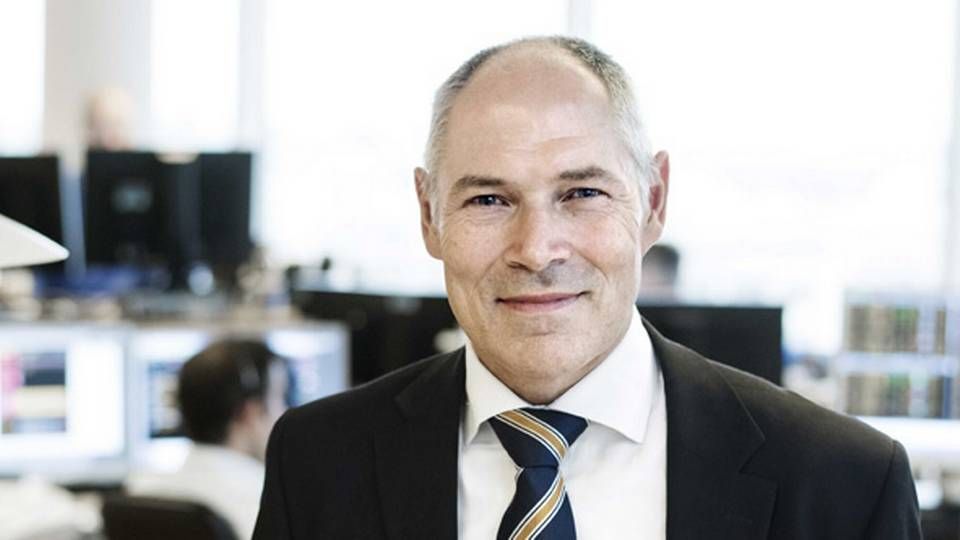Sampension waiting for chance to enter offshore wind

When the right opportunities arise, Danish pension fund Sampension will be ready to jump on the offshore wind train.
Sampension, just like many other pension funds, has experienced that expected returns on new offshore wind projects have become somewhat unattractive.
But in spite of this, the pension fund does not rule out that it may enter future offshore wind projects, explains Henrik Olejasz Larsen, Chief Investment Officer at Sampension, when FWAM asks if Sampension might invest directly in offshore wind turbines within a foreseeable future.
"We have not yet seen projects that we find sufficiently attractive. But I hope that it is posible. I wouldn't call it an expectation, but it's definitely my hope," he tells FWAM.
More projects could make offshore wind more attractive
Sampension has yet to make direct investments in offshore wind farms, but the fund has invested "a good billion Danish kroner" (EUR 135 million) in onshore wind turbine projects.
Olejasz Larsen explains that Sampension has not invested directly in offshore wind, as the company found that the risks in the projects are not adequately compensated for by expected returns.
"I think one of the reasons why the returns on offshore wind haven't been so high is that they are fairly big projects, and this suits large German pension funds, for example, which can invest in something both interesting and big. This means that with a manageable amount of work, they could invest a sizeable amount."
"At our company, we decided that we would rather invest in generally smaller amounts overall as to regulate risk, and we were willing to have a somewhat broader portfolio, which could also be of a more complex configuration," says Olejasz Larsen.
What makes it interesting anyway?
"Well, it's a hope and maybe also a hope that the flow of bigger projects being tendered might help to make reasonable risk premiums achieveable. This is not the same as the returns not going lower than what they were for the first offshore wind farms, but the market conditions were generally different back then. Other types of returns have declined in the meantime as well. It's a question of a relative evaluation of what kind of returns we can get. And a big supply is usually a healthy sign when you want to invest," he says.
Too much optimism about electricity prices
The market for offshore wind turbines has been thoroughly shaken by new players accepting lower returns than the traditional industry developers, such as Dong Energy, have previously conceded to. One example is the consortium consisting of Shell, Van Oord, Eneco, and Mitsubishi/DGE, which won a tender last year for the Dutch offshore wind farms Borssele 3 and 4 by only demanding a price of EUR 54.5/mWh. This is EUR 18 lower than what Dong Energy had won the tender with for the Borssele 1 and 2 farms.
Some developers accept lower returns. Could that put pressure on you if you enter this type of investment?
"No, I don't really think so, because I think that the effect will primarily be that there will be a bigger supply. The developers take a very large share as they finish the project and get it ready for the investor. That is probably where we will see pressure on profits to be made," says Sampension's CIO.
Have the declining electricity prices affected your appetite for offshore wind farms?
"Not really directly. Because this is reflected in what comes to the market. But it has affected us somewhat indirectly."
"One of the reasons why we haven't invested yet is probably that we found the expectations a little too optimistic when it comes to the future development of electricity prices. There is a whole new attention to the fact that electricity prices don't just go up and up," says Olejasz Larsen.
English Edit: Gretchen Deverell Pedersen













